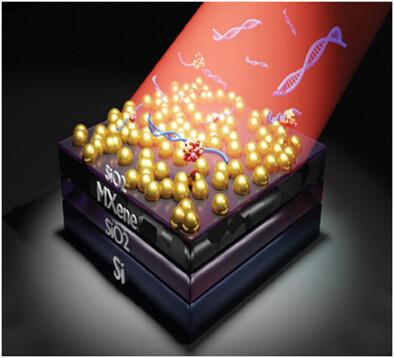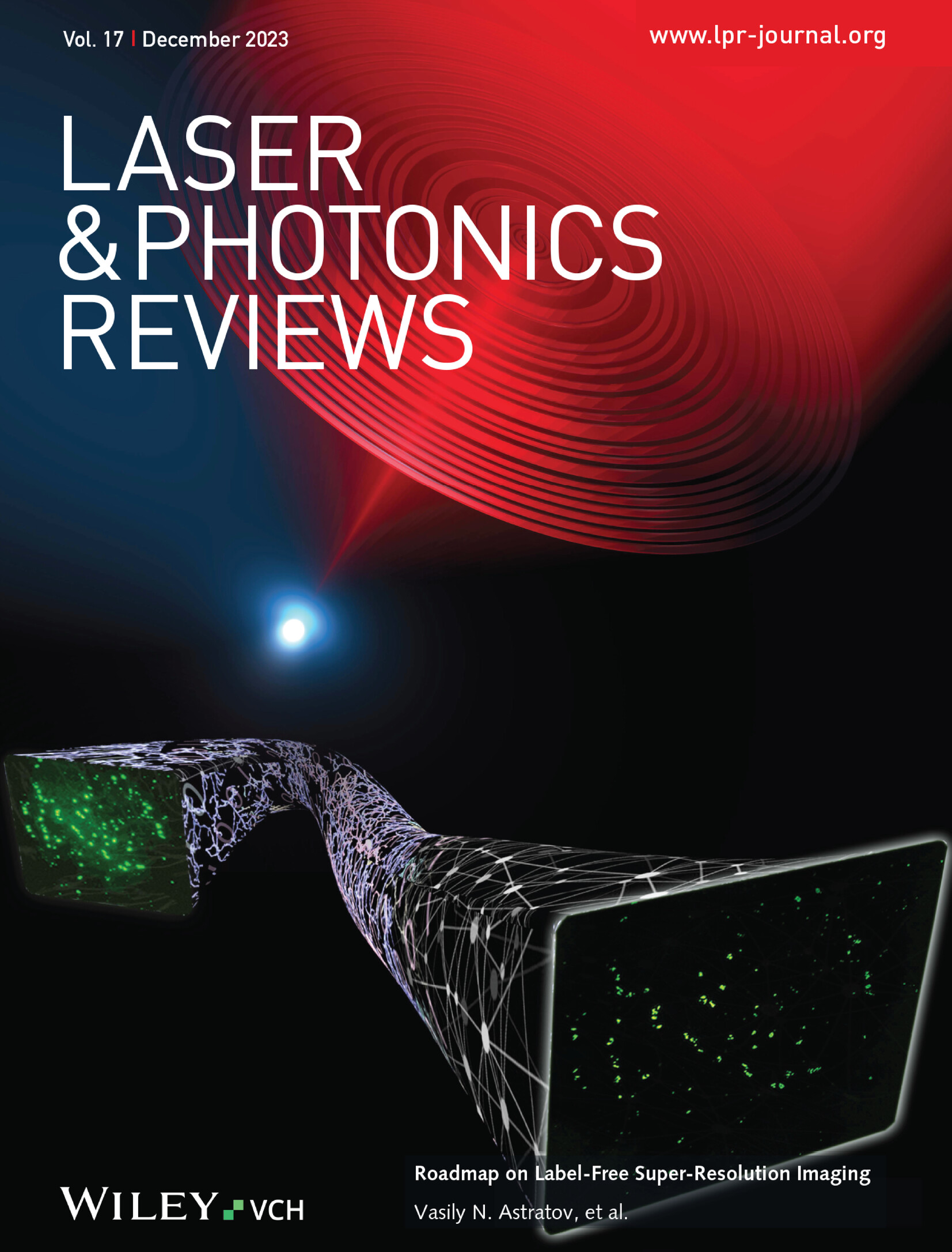Ultrafast Photonic PCR with All‐Solution‐Processed Ti3C2Tx‐Based Perfect Absorbers
IF 9.8
1区 物理与天体物理
Q1 OPTICS
引用次数: 0
Abstract
Polymerase chain reaction (PCR) is a critical tool for nucleic acid amplification in molecular diagnosis and genetic analysis. Point‐of‐care (POC) devices are essential for controlling the spread of infectious diseases, but developing cost‐effective chip‐based PCR systems remains a challenge. This study introduces a photonic PCR chip featuring a perfect metamaterial absorber made of Ti

求助全文
约1分钟内获得全文
求助全文
来源期刊
CiteScore
14.20
自引率
5.50%
发文量
314
审稿时长
2 months
期刊介绍:
Laser & Photonics Reviews is a reputable journal that publishes high-quality Reviews, original Research Articles, and Perspectives in the field of photonics and optics. It covers both theoretical and experimental aspects, including recent groundbreaking research, specific advancements, and innovative applications.
As evidence of its impact and recognition, Laser & Photonics Reviews boasts a remarkable 2022 Impact Factor of 11.0, according to the Journal Citation Reports from Clarivate Analytics (2023). Moreover, it holds impressive rankings in the InCites Journal Citation Reports: in 2021, it was ranked 6th out of 101 in the field of Optics, 15th out of 161 in Applied Physics, and 12th out of 69 in Condensed Matter Physics.
The journal uses the ISSN numbers 1863-8880 for print and 1863-8899 for online publications.

 求助内容:
求助内容: 应助结果提醒方式:
应助结果提醒方式:


